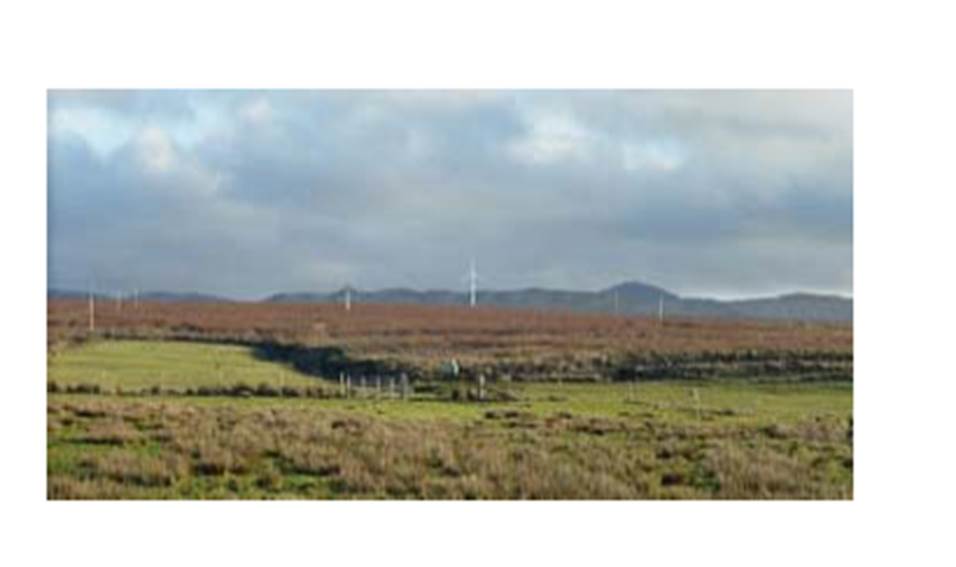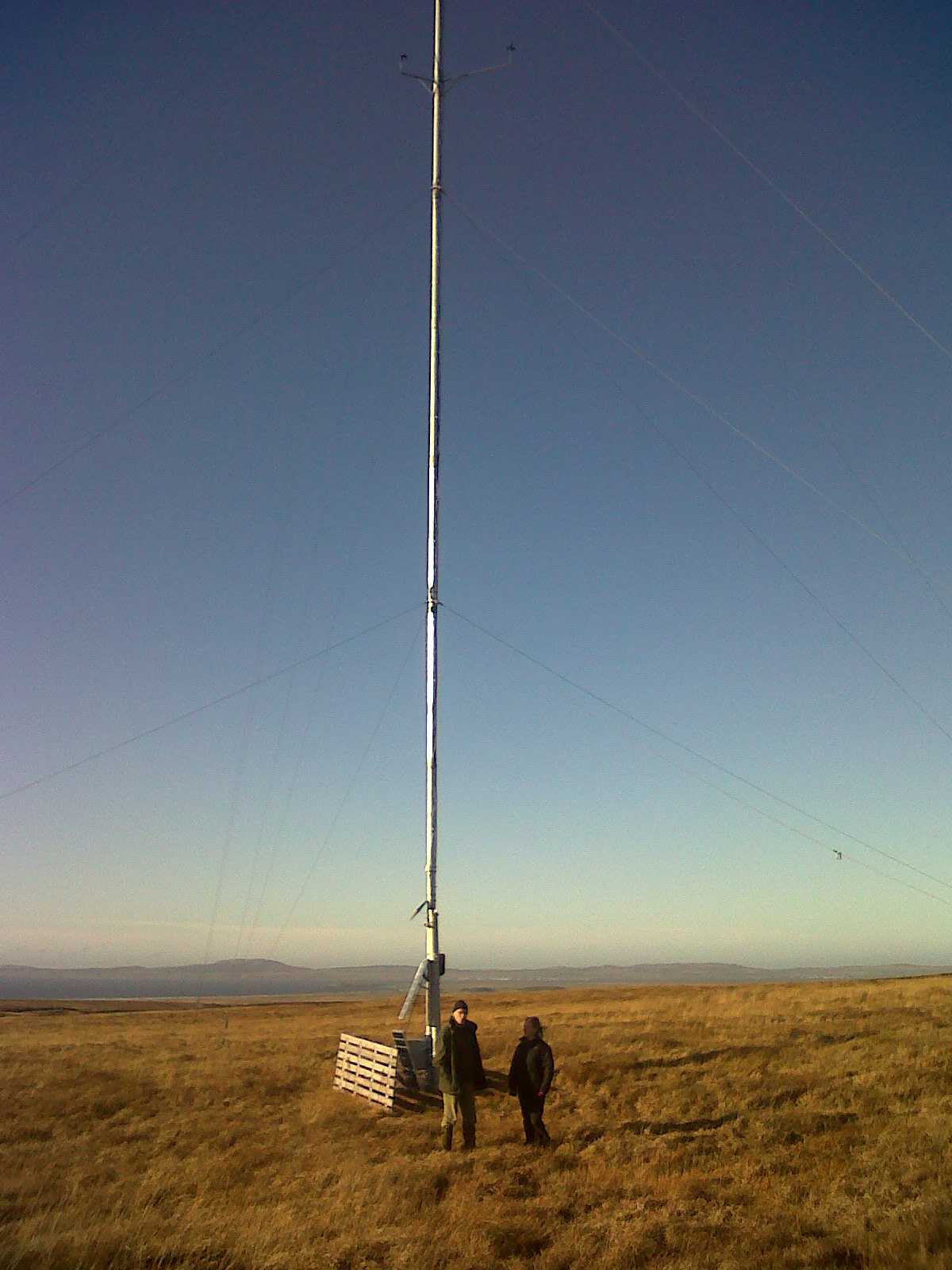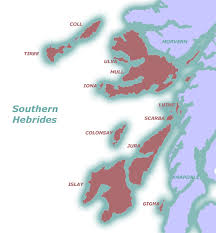Power to the people: Islay looks set for a hugely successful community turbine
 Local investors have put over £150,000 into the Islay community wind turbine in the first 48 hours of a share offer. Islay, an island off the west coast of southern Scotland, looks set to join nearby Tiree, Gigha and Westray in the growing list of areas developing, funding and owning their own energy resources and using the financial surplus to reduce energy consumption in their homes and community buildings.
Local investors have put over £150,000 into the Islay community wind turbine in the first 48 hours of a share offer. Islay, an island off the west coast of southern Scotland, looks set to join nearby Tiree, Gigha and Westray in the growing list of areas developing, funding and owning their own energy resources and using the financial surplus to reduce energy consumption in their homes and community buildings.
Islay is one of the windiest places in the UK. A commercially owned turbine on the island would make a very decent return. In this case, however, the community has decided to hold the interest paid to individual investors at 4% and will hand the remaining profits to a fund to improve local energy efficiency and relieve fuel poverty. The illustrations in the fundraising prospectus show about £80,000 a year flowing to these causes. Among many other advantages, this has ensured very wide support for the turbine. A 2011 survey suggested 92% of the island’s residents were in favour of the project.
The Islay cooperative (strictly speaking an ‘industrial and provident society for the benefit of the community’) is promised loans and other support from the Scottish government and other institutions if it fails to raise its target of around £750,000 investment from individuals. But if the cash keeps on flowing in at the rate of the first 48 hours it won’t need the money. The total cost of the project to install the Enercon 330kW turbine is around £1.25 million, a high figure inflated by the substantial costs to reinforce the electricity grid.
The output of the turbine will be about 1,000 MWh a year, enough to cover the needs of about 300 homes, or about a fifth of local domestic needs. In addition, of course, the local whisky distilleries need power, which is partly provided by anaerobic digestion plants on the island.
Speaking personally, I find Islay’s success hugely cheering. Although it should be acknowledged that getting to £150,000 outside investment is made relatively easy by the generous tax reliefs available to the first investors in the project, the degree of enthusiasm for this project is striking. Like the Osney hydro installation on the Thames, Islay shows that a well-planned scheme led by local people and with robust philanthropic intent can raise money at 4% (plus some benefit from tax relief) and still devote the bulk of its return to improving the lives of a wide spectrum of the community. We need hundreds of thousands of schemes like this.
One response to my zeal for projects like this is to comment that they are only possible because of the generosity of feed-in tariffs. And these feed-in tariffs are (slightly) inflating the bills of everybody else. It’s true that medium sized wind turbines on windy sites can make high returns with the subsidies currently available. However the really interesting thing is that individual investors are prepared to take a far lower return from community energy projects than is required by commercial operators. People are happy with 4% interest; companies need 10% or more. In the long run, the switch to local ownership will reduce the bills paid by everybody because of what finance people call a lower ‘cost of capital’ for energy projects owned by individuals, not corporations. Perhaps as importantly, the Islay people will target the surplus money far more efficiently towards genuinely worthwhile local energy-saving projects. We’ll see far lower costs to reduce fuel poverty if the money is generated and allocated by local people than if it is done to meet the targets imposed on the Big Six.
